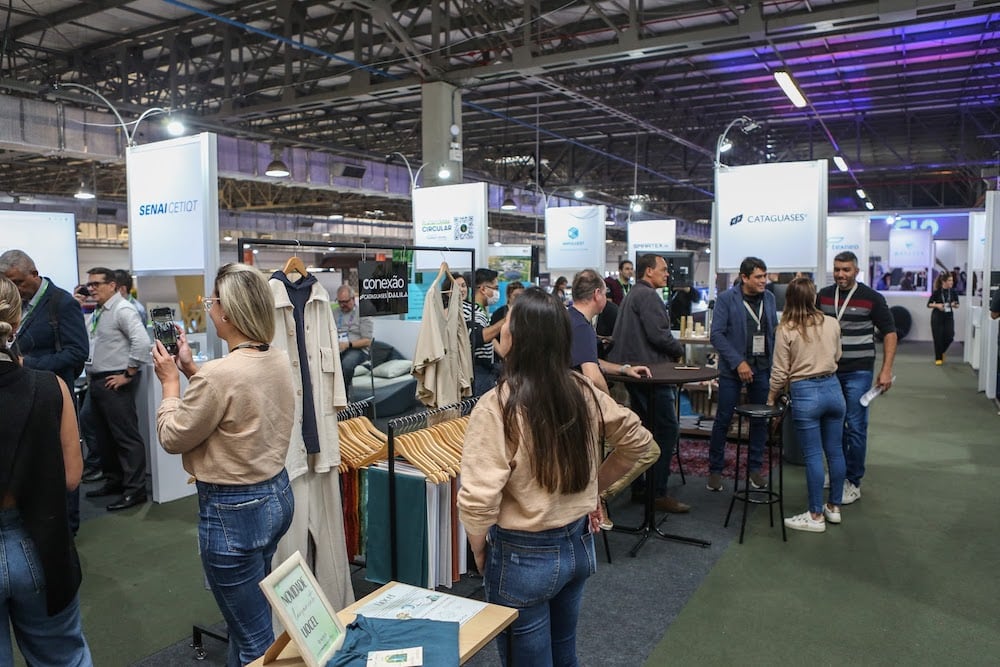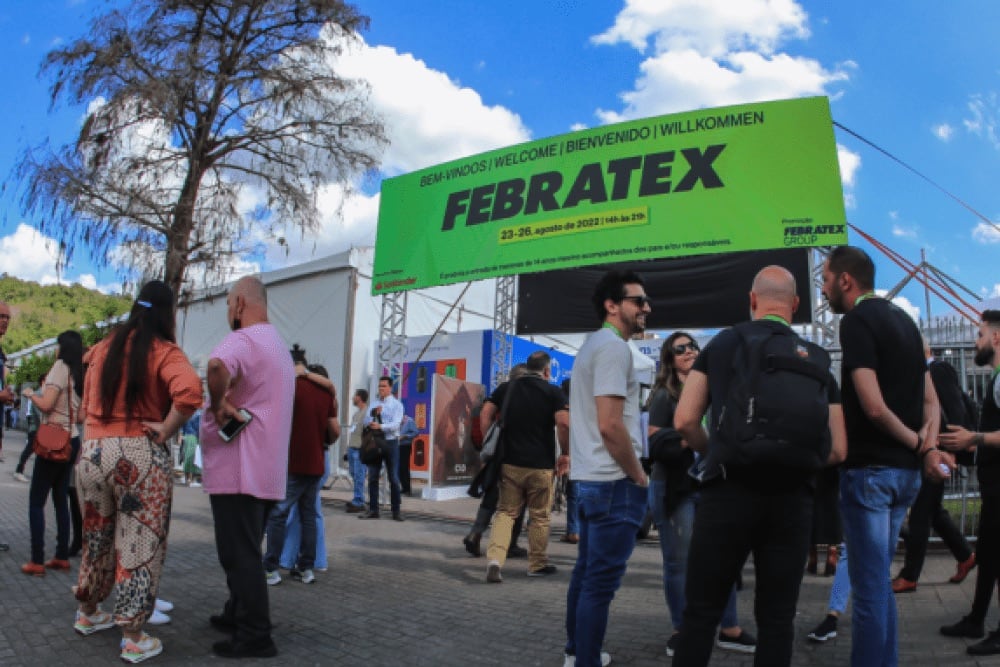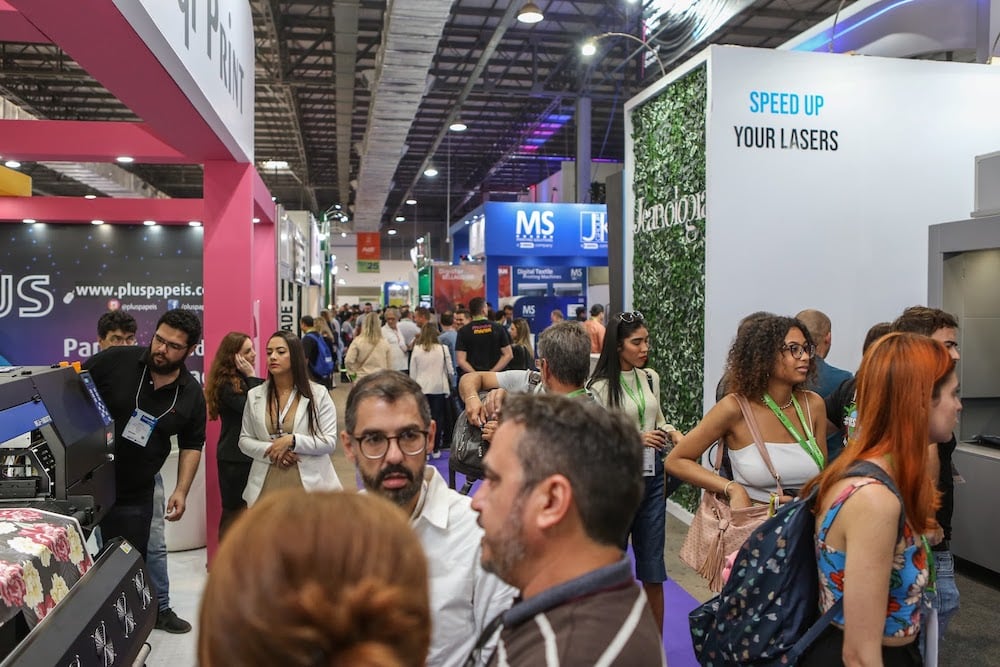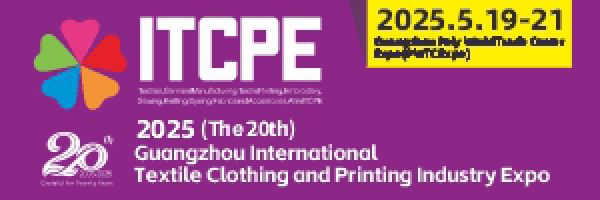interview with Hélvio Pompeo Júnior, Diretor at Febratex Group
The Febratex Group was founded in 1981 by my family, and always with the focus on innovating and bringing connections to the textile industry, we are a company 100% focused on this industry.
Let us know more about your events, exhibitions, and conferences in the textile and fashion sector.
We organize and promote a total of six events in Brazil, five focused on textiles and one focused on visual communication. Febratex (City of Blumenau in the South) Febratex Summit (City of Blumenau in the South), Tecnotêxtil Brasil (City of Americana in the Southeast), Maquintex (City of Fortaleza in the Northeast) Signs (City of Fortaleza in the Northeast), AgresteTex (City of Caruaru in the Northeast). All dates, information, and updated maps are on the portal www.febratexgroup.com.br
In the last Febratex 2022, we had 56,000 visitors from 67 countries, and we were able to bring visitors from all over Latin America, in addition to Brazil, of course, thousands more from Argentina, Paraguay, and Colombia.
How do you evaluate the textile industry in Brazil in particular and in South America in general?
I see the textile chain as very promising, we are the only fully vertical chain in the West, we have raw materials, cotton in abundance, we have retail, we have a domestic consumer market of 220 million people. This makes us self-sufficient.
General Brazilian Textile sector data (updated in January 2023):
- Billing of the Textile and Apparel Chain:
BRL 190 billion in 2021 against BRL 161 billion in 2020 (IEMI 2022);
- Exports (without cotton fiber):
US$ 1.14 billion in 2022 against US$ 1.06 billion in 2021 (Ministry of Economy);
- Imports (without cotton fiber):
US$ 5.9 billion in 2022, against US$ 5.2 billion in 2021 (Ministry of Economy);
- Balance of trade (without cotton fiber):
Negative US$ 4.8 billion in 2022, against negative US$ 4.1 billion in 2021 (Ministry of Economy);
- Investments in the sector:
BRL 4.9 billion in 2021 against BRL 4.5 billion in 2020 (IEMI 2022);
- Production of clothing (clothing, socks and accessories, household items and technical articles):
8.1 billion pieces in 2021 versus 7.9 billion pieces in 2020 (IEMI 2022);
- The volume of textile production:
2.16 million tons in 2021 against 1.91 million tons in 2020 (IEMI 2022);
- Workers:
1.34 million formal employees (IEMI 2022) and 8 million if we add indirect and income effects, of which 60% are female workers.
- Number of companies:
22,500 formal production units across the country (IEMI 2022);


– The clothing sector is the 2nd largest employer in the manufacturing industry, second only to food (PIA – 2020; companies with 5 or more employees);
– Among the five largest denim producers and consumers in the world;
– Among the four largest knitwear producers in the world;
– In 2021, it represented 19.5% of the total number of workers allocated to industrial production and 6.0% of the total value of production in the Brazilian manufacturing industry (IEMI 2022);
– We have more than 50 fashion colleges spread across 11 states (Folha de S.Paulo, 2019);
– Brazil is the largest complete Textile Chain in the West. Only we still have everything from fiber production, such as cotton plantations, to fashion shows, passing through spinning mills, weaving mills, processing plants, apparel and strong retail;
– Industry that has almost 200 years in the country;
– Brazil is a world reference in swimwear, jeanswear, and homeware design, with growth in the fitness and lingerie segments;

Why are textile exhibitions in Brazil are important?
Because the textile industry is the second largest employer in the country, the largest employer of women, and one of the oldest industries, and thousands of families depend on this industry.
One of our main visions for organizing this show is to help people’s lives, make connections at fairs, to keep the industry competitive, and always have jobs for Brazilians.

Could you explain more about the situation of the exhibition industry during the pandemic period in general?
It was like everywhere else in the world, we were out of work for two years, and we took advantage of that time to dedicate ourselves to digital as much as possible. During this period we created the first marketplace for inputs and machinery for the textile industry, in that period it was very important and helped our exhibitors a lot.





















